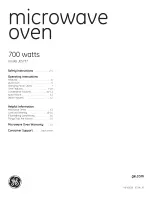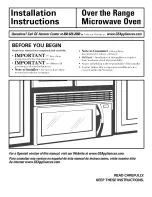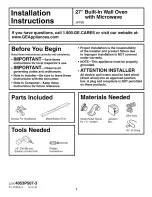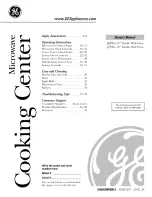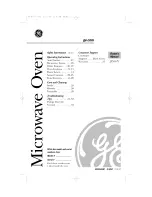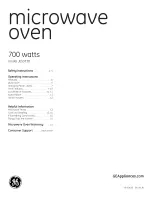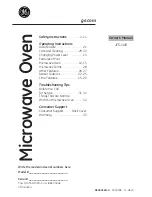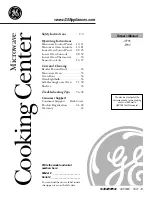
6.1.2 Planning the electrical installation
Meaning
It is crucial to safe and reliable operation of the appliance that the electrical installation is implemented
correctly and professionally. All the rules and regulations listed here, and the described procedure,
must be strictly followed.
Rules for safe electrical installation of the appliances
Observe the following rules to prevent hazards caused by faulty electrical connections:
■
The case of the appliance must be grounded and connected to the equipotential bonding system in
accordance with the recognized codes of practice.
■
If two appliances are installed in a stacking kit, each of the appliance cases and the stacking kit
itself must be grounded and connected to the equipotential bonding system in accordance with the
recognized codes of practice.
■
The lengths of the power supply cable and the flexible cable conduit must accommodate the range
of movement allowed to the appliance by the retaining device of the wheeled platform. When mov‐
ing the assembly (platform plus appliance), never strain or wheel over the mains supply cable. This
also applies to any other electrical cables between the combi oven and optional equipment such as
the signal tower.
■
All electrical leads and connections must be checked when the appliance is put into service to en‐
sure cable routing and connections are made correctly in accordance with the recognized codes of
practice.
Equipment provided by customer and electrical installation regulations
The table below shows what equipment must be provided by the customer and what regulations must
be observed when connecting the appliance.
Equipment
Regulations
Fuse
Short-circuit & overload protection and connection of the appliance must
comply with local regulations and national installation requirements.
Equipotential bonding
The appliance must be incorporated in an equipotential bonding system. If
two appliances are installed in a stacking kit, each of the appliance cases
and the stacking kit itself must be connected to the equipotential bonding
system.
Equipotential bonding: Electrical connection that ensures that the frames
of electrical equipment and any external conductive components are at an
equal (or practically equal) potential.
Residual-current device
for detecting all current
types (type B)
A type B residual-current device (RCD) must be installed before the pow‐
er-supply connection to the appliance if this is specified in national regula‐
tions.
This residual-current device must not be used to protect any other applian‐
ces.
Disconnector for fixed
connection
An easily accessible all-pole disconnector with a minimum contact separa‐
tion of 3 mm must be installed close to the appliance. The appliance must
be connected after this disconnector.
The disconnector is used to disconnect the appliance from the electrical
supply for cleaning, maintenance, servicing and repair work.
Mains supply connection
The power cord must be an oil-resistant, sheathed and flexible cable in accordance with IEC 60245
(e.g. H05RN-F, H07RN-F). A maximum cable length of 5 m is recommended.
The appliance does not need to be connected in a specific phase configuration or direction of rotation.
The cross-section of the mains supply cable must be specified in accordance with the recognized co‐
des of practice.
6 Installation
Installation manual
62
Содержание Convotherm OES mini easyTouch
Страница 1: ...Combi oven Read instructions before use OES mini easyTouch Installation manual Original ENG ...
Страница 2: ......
Страница 105: ......































